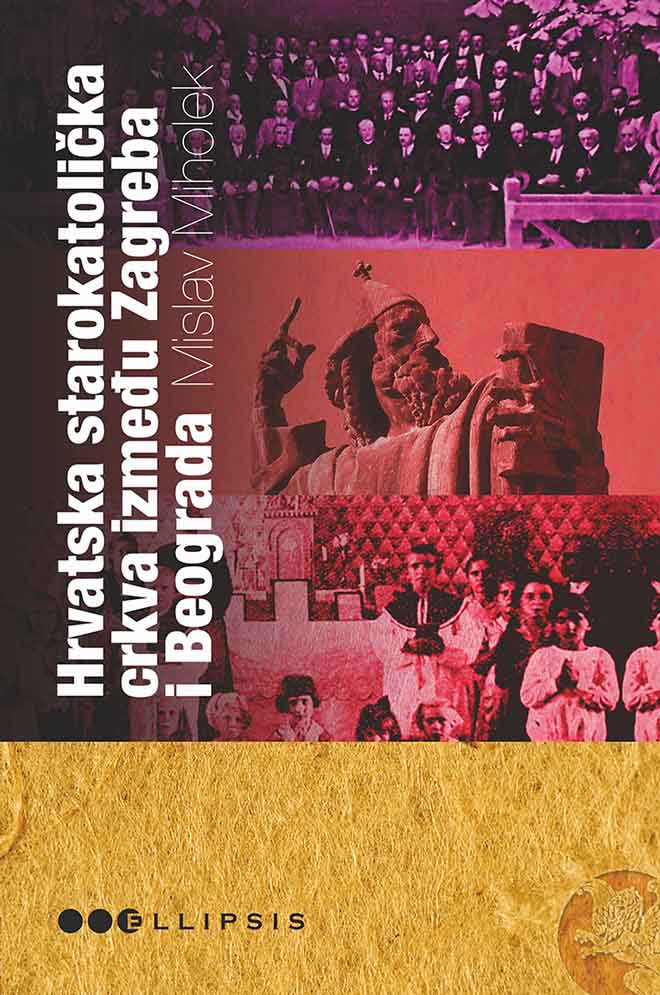Hrvatska starokatolička crkva između Zagreba i Beograda: Povijest od 1923. do 1941.
The Croatian Old Catholic Church between Zagreb and Belgrade: History between 1923 and 1941
Author(s): Mislav Miholek
Contributor(s): Maroje Višić (Editor)
Subject(s): Christian Theology and Religion, History, Cultural history, Social history, Interwar Period (1920 - 1939)
Published by: Durieux
Keywords: Croatian Old Catholic Church; Old Catholic Church; Union of Utrecht; Roman Catholic Church; Croatia; Yugoslavia; Stjepan Radić;
Summary/Abstract: The Croatian Old Catholic Church between Zagreb and Belgrade is a book about the history and development of Old Catholics in Croatia and Yugoslavia during the 1920s and 1930s. The process of the creation of the Church is essentially connected with the political situation between the two world wars. The book portrays the emergence of the Croatian Old Catholic Church after the First World War within the European and local context. The church arose from the rebellion of part of the Croatian Roman Catholic clergy who demanded reforms of the Catholic Church in Croatia, such as the introduction of the vernacular language into the liturgy, the abolition of celibacy, a greater role of the laity in church life, and a weakening of priestly discipline, which the higher church hierarchy refused. Although the church was created after the First World War, the book shows how important organizers and founders of Croatian Old Catholics were already present on the political and ecclesiastical scene during Austro-Hungarian Empire and how the process of creation is connected with the events of the nineteenth century, when Croatia tried to separate itself from Hungary and from the Hungarian bishops. The development of parishes on the ground throughout Croatia, Bosnia and Herzegovina and Vojvodina is described; the relationship of the top of the church with the state authorities in Belgrade and Zagreb is shown, as well as the relationship with the most important Croatian political party of that time, the Croatian Peasant Party headed by Stjepan Radić. Radić, as the leader of a broad popular movement, was an ardent Catholic, but in constant conflict with the local Roman Catholic Church leadership. The Croatian Old Catholic Church was originally part of the Union of Utrecht, but just as it was created in a schism with the Catholic Church, it also split within itself and from the Union of Utrecht. Despite all mentioned difficulties, the Croatian Old Catholic Church managed to establish itself in throughout Yugoslavia. Its followers were Roman Catholics who, due to various reasons (political and personal), converted to Old Catholicism. Finally, most of the Church perished in the Second World War during the Axis occupation of Croatia and Yugoslavia.
- Print-ISBN-13: 978-953-188-499-0
- Page Count: 277
- Publication Year: 2022
- Language: Croatian
- eBook-PDF
- Table of Content
- Sample-PDF

